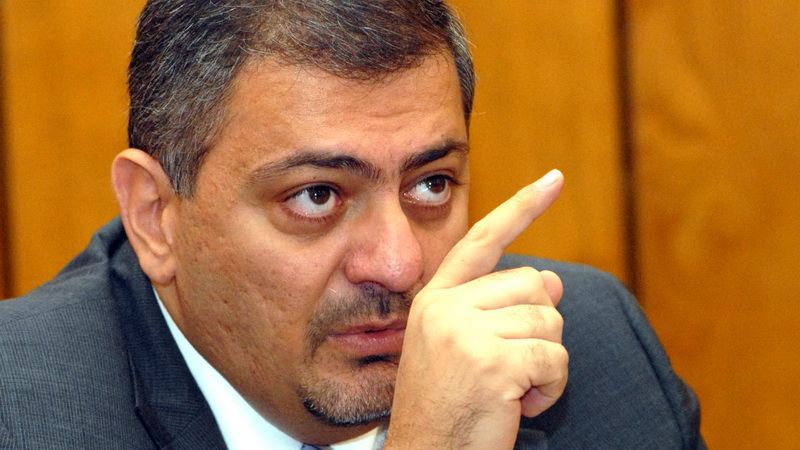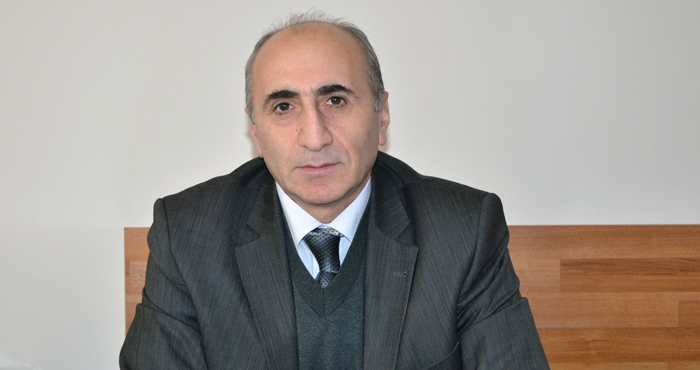The atmosphere of patient waiting, which prevailed in political and expert circles of Armenia, was disturbed by the first president Levon Ter-Petrosyan's recent statement that Armenia will face an economic catastrophe, which this time is "hidden under the euphonious name DEFAULT". The authorities' reaction was not long in coming. Some officials reminded that Armenia has never been bankrupt. The statement by the leader of the opposition party Armenian National Congress (ANC), Levon Ter-Petrosyan, has been characterized as political.
In response to Ter-Petrosyan's evaluation, the Central Bank issued a statement, according to which, Armenia continues to carry out its obligations. Also no risk of non-compliance with obligations was indicated in the future. The CB points to a number of important indicators, which show sufficient Armenia's creditworthiness - the stability of debt and currency market, the improving balance of payments, an adequate level of international reserves.

"Of course, there are financial difficulties, including in covering the budget deficit. But in any case, it is not default," the Deputy Prime Minister Vache Gabrielyan believes.
Economists do not dispute the resource potential of the Central Bank, they can even see a policy of the budget's stabilization in the new government's approaches, however, they draw attention to the fact that the foreign debt has grown significantly in recent years. Only in 2014-2016 it increased by $900 million. It is expected that the total debt will reach $5.9 billion by the end of the year. According to the Finance Ministry, by the end of 2016 Armenia's foreign debt will increase from 43.7% to 54.4% of GDP.

According to the dean of the Faculty of International Economic Relations of the University of Economics, Atom Markarian, the debt-to-GDP ratio of 40-60% cannot but cause concern. The experts attribute the growth of the state debt to the actions of Tigran Sarkisian's government, who managed to attract large funds, thereby doubling the national debt, but it did not cause economic growth.
The problem is not only in the increase in public debt, but also in underperformance of the budget. This figure totalled 40 billion drams in the first 9 months ($1 - 475 drams), and by the end of the year it will reach 60 billion drams. Thus, there is a serious problem with the amount of funds in the budget. The Minister of Finance Vardan Aramyan recognized that the budget deficit this year will be 5%, instead of the planned 2.8%.

Former Prime Minister Hrant Bagratyan believes that the country is confidently heading towards default: "The state constantly takes new loans, at this rate, it won't be long before default starts - in a few years."
According to the head of the economic commission of the 'Armenian National Congress', Vahagn Khachatryan, the statement of Ter-Petrosian is a warning about a coming economic disaster, as there is no GDP growth, all the possible resources of developing and providing economic growth are exhausted or almost exhausted, and the government should find new approaches to improve the situation.
Some economists say that in addition to specific schemes and calculations relating to the reasons of default, proposed by the Central Bank, there is another reality in the country. First, the high growth rates of external debt, and second, serious problems in the issue of debt service. Today nobody offers Armenia any serious loans, there are no investment and development. Therefore, it is not clear how the country plans to service the national debt in the current critical situation. Note that in 2007, the external debt service took 2% of the budget, today this figure reached almost 10%, and in 2020 it will reach 30%.
The most important components to address the issues related to the possible default are still fighting the shadow economy and corruption, which absorb real resources for economic growth.






